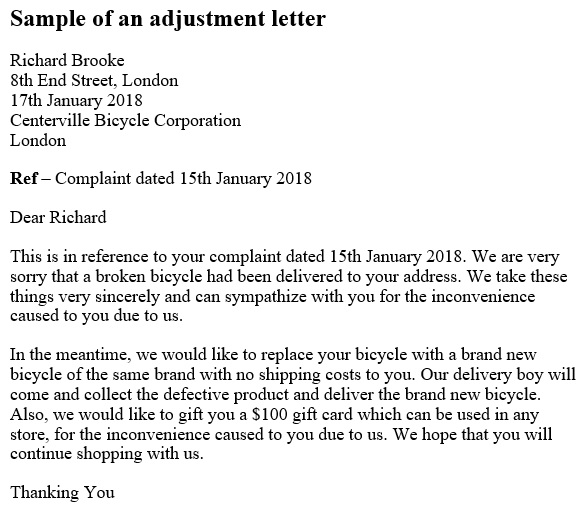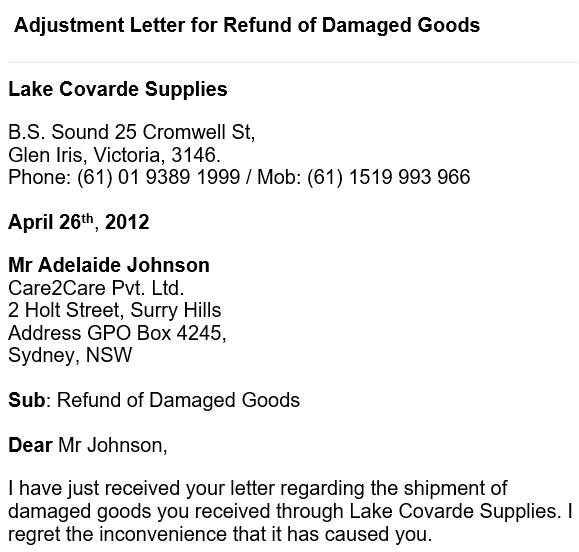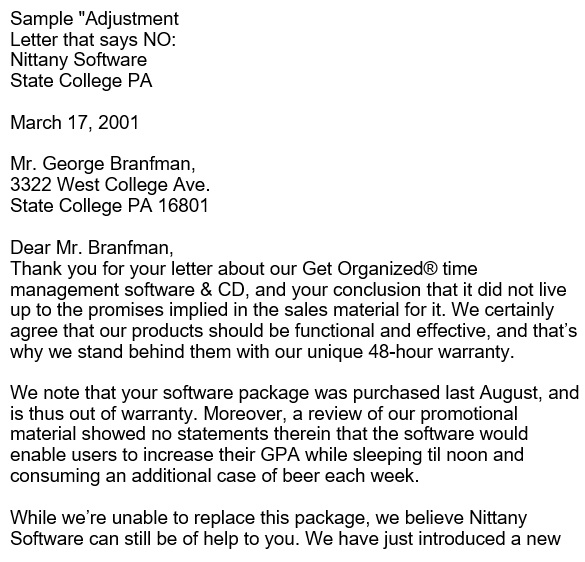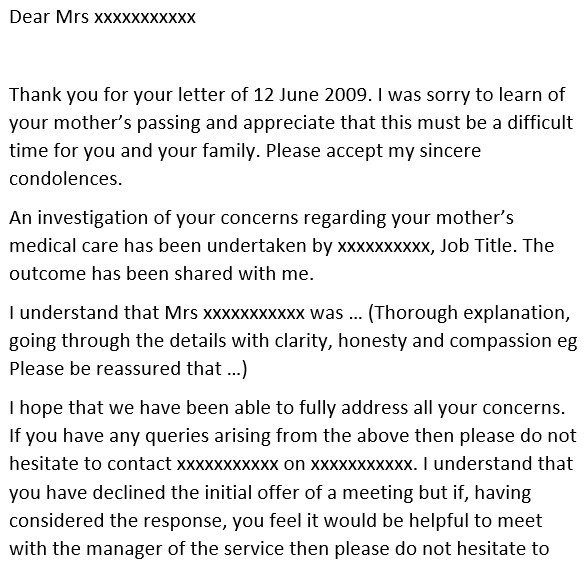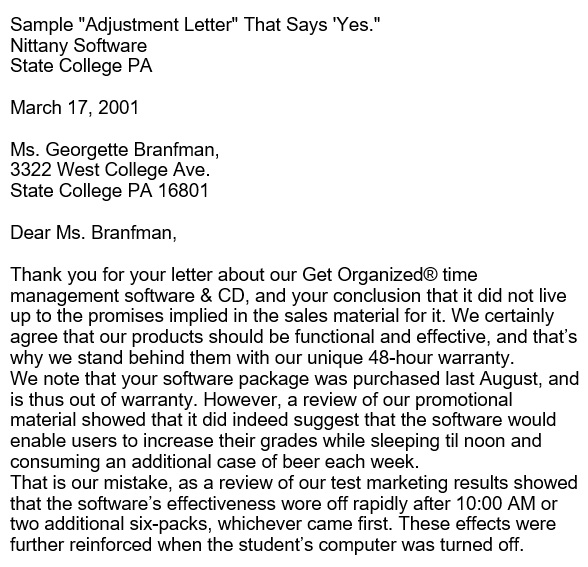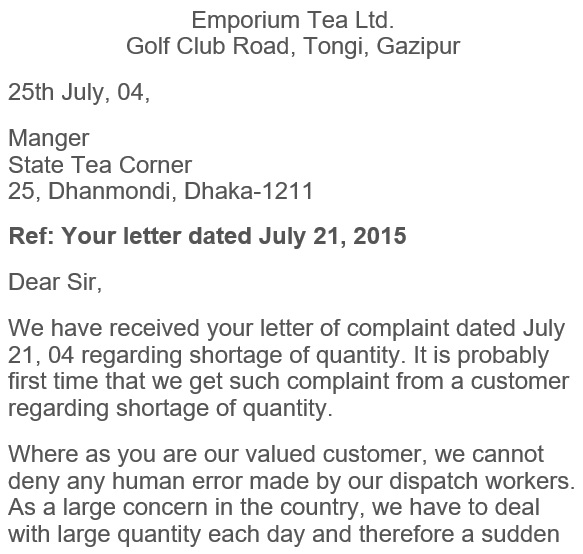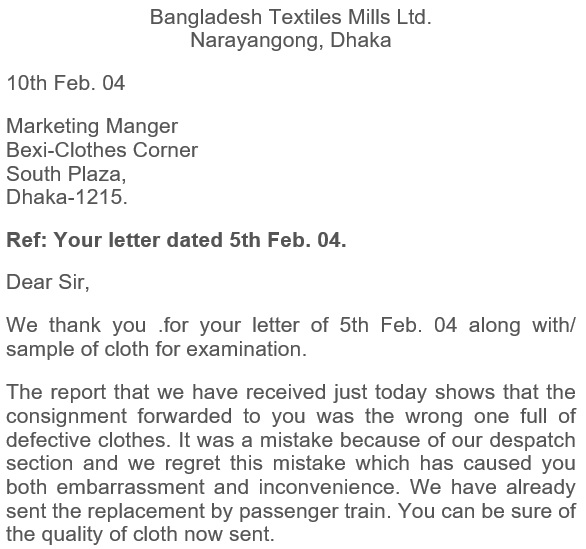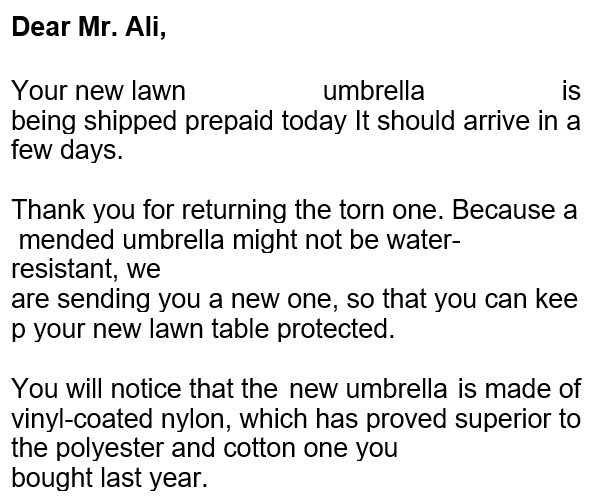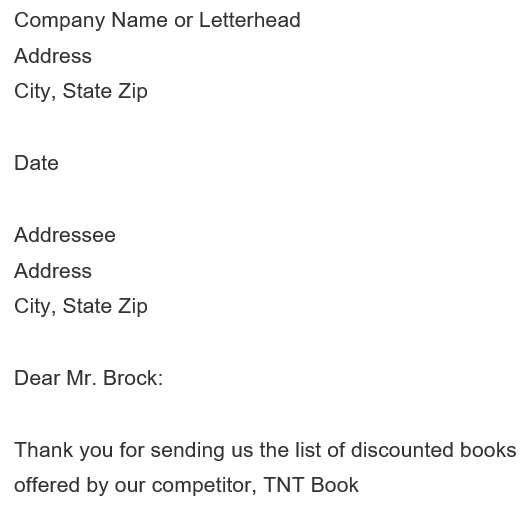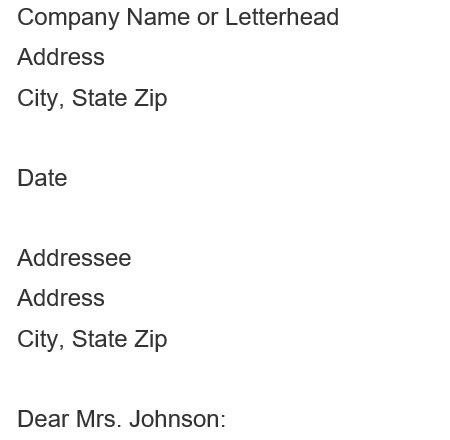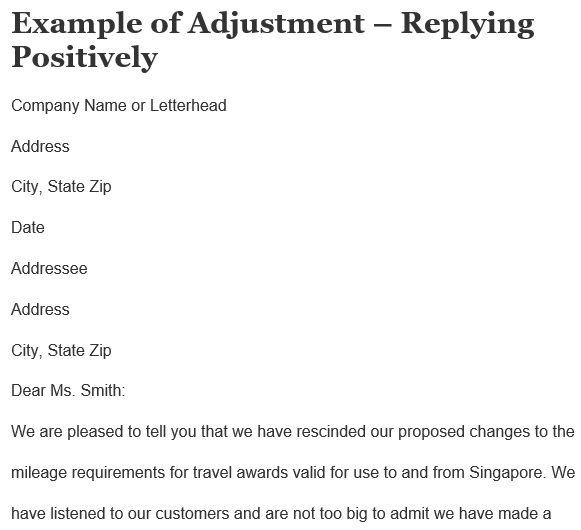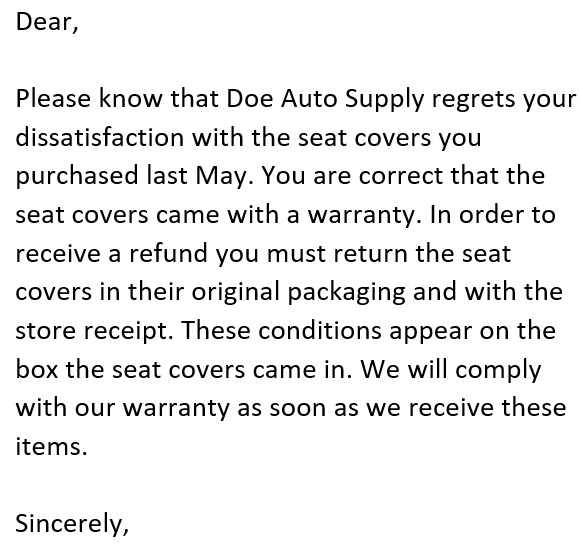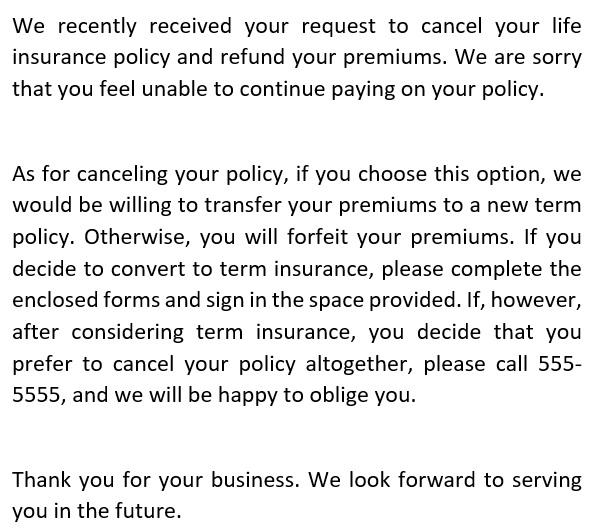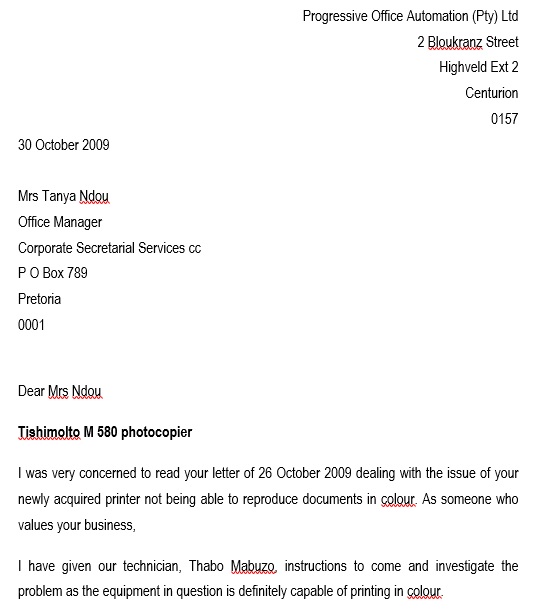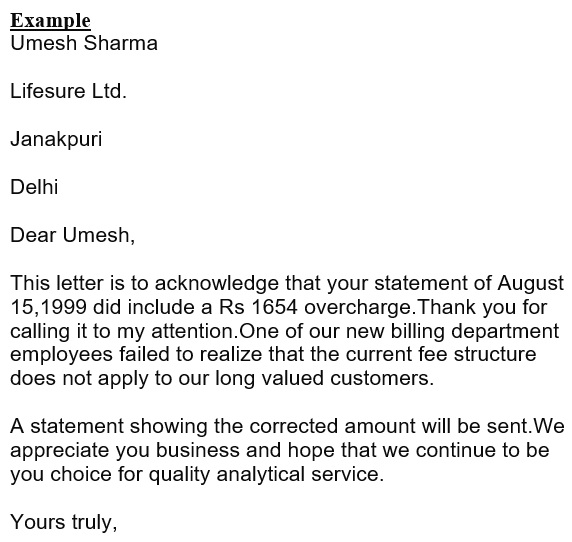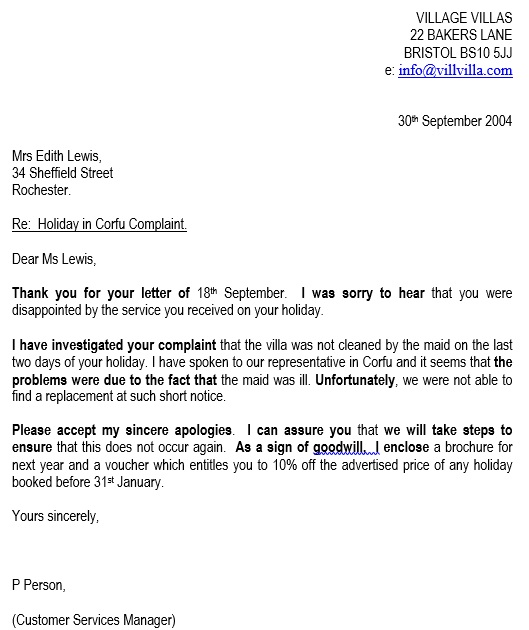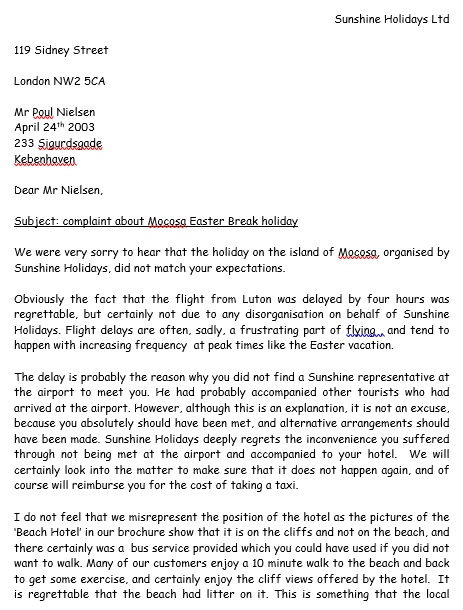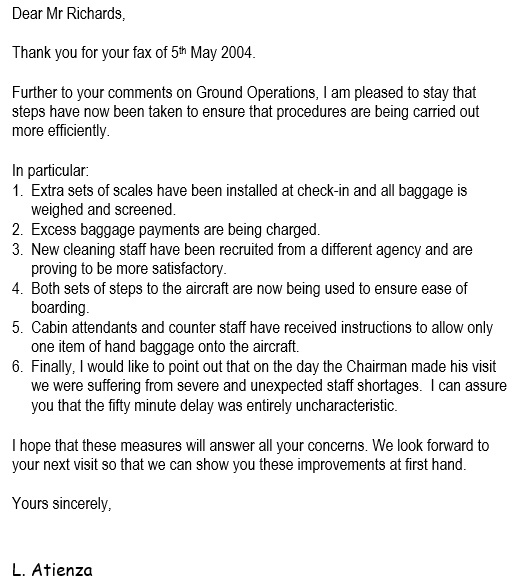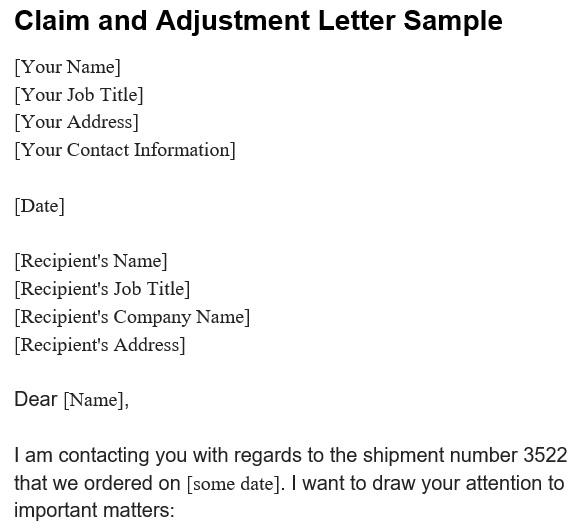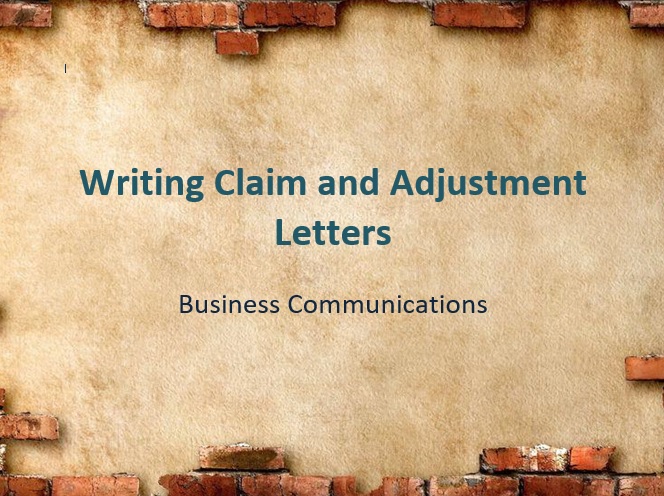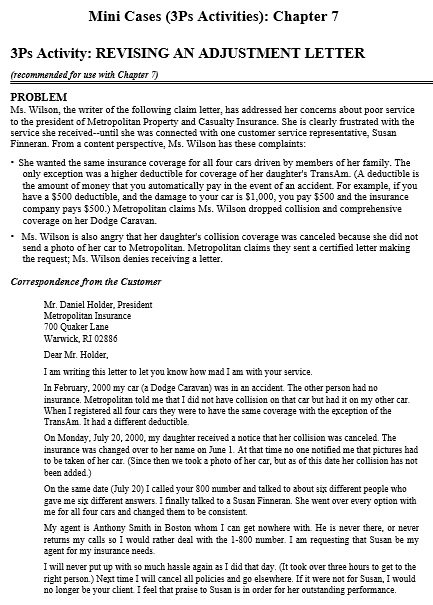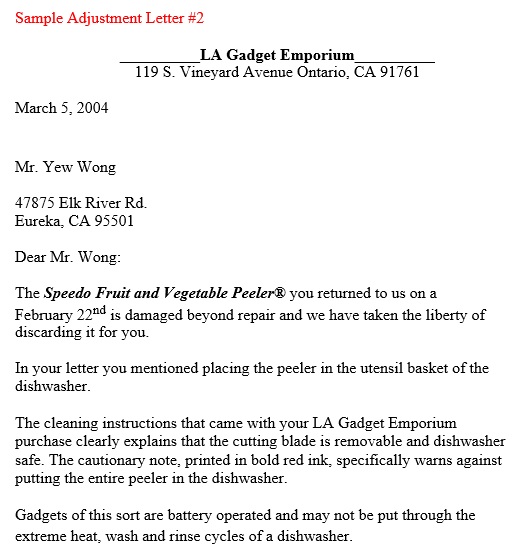An adjustment letter is written by a company in response to a complaint received by the customers when they have experienced an inconvenience. To mend fences, the company has to write this letter. By writing such a letter, the company can continue an amicable relationship with the customer.
Table of Contents
What is an adjustment letter?
An adjustment letter is basically a formal reply by the company to a customer’s claim or complaint. This letter is written to inform the latter that the company has received their complaint. It will also state that what actions the company will take to resolve the issue.
Moreover, responding to customer’s claims is important for promoting the goodwill of the company and maintaining cordial relationships with customers.
Components of an adjustment letter:
While drafting the adjustment letter, you should consider the following pointers;
Acknowledging the customer’s claim
At first, you have to acknowledge the customer’s claim letter. Also, you should appreciate the customer for revealing the mistakes.
Regretting any mistakes
The adjustment letter must apologize the customer for the mistake done to the customer. In this case, it is a professional way of admitting mistakes not an admission of guilt. A sudden response to the complaint is essential. The delay may consider as a sign of arrogance and neglect.
Providing immediate solutions
The customer demand for something specific regarding the complaint if the seller must grant this.
Giving assurance of preventive measures
The seller should indicate the preventive measures after acceptance of the complaint by the customer. He should state that he will take to prevent the same inconvenience from happening again.
Offering further cooperation
The seller must also offer further cooperation to the customer in order to promote and sustain a good relationship between the two parties.
Convincing the customers
In some cases, the customers will be wrong in their claim. These might be whether unfair, unreasonable or unjust. Sellers have to maintain calmness in such cases instead of act violently. By considering the issue from the seller’s point of view is the best way to resolve this is to convince the customer.
Use friendly and courteous language
When composing this type of letter, never use offensive language. You calm the customer’s dissatisfaction by using friendly and courteous words.
Different types of adjustment letters:
Let us discuss below the different types of adjustment letters;
Letter granting adjustment
This type of adjustment letter is written by the company when a claim is proven to true. The company provides complete compensation for a service or product to a client. The letter have to specify regret for the mistakes caused by the business.
Letter informing of further investigation
The company writes a letter informing the client in case a company wants an issuance of additional examination regarding the errors. The client receives an interim reply that the claim is undergoing investigation. There is neither acceptance nor denial of the claim in this type of adjustment letter.
Letter refusing adjustment
A company writes a letter refusing adjustment when a claim is false and the buyer is at fault. In order to promote goodwill and maintain a good relationship with the customer, the company must provide assistance and a promise of satisfaction.
Letter offering partial adjustment
The company must deliver offering partial adjustment letter to the client when they specify for reimbursement or replacement. The letter should also indicate the opinions of seller and buyer regarding quality standards of goods and services.
Letter of apology
The company writes a letter of apology if a client does not offer any terms regarding the claim. Make sure the tone of letter is polite and welcoming.
Letter offering dissatisfaction over the claim
The client receives this type of adjustment letter when they indicate discontent over the goods and services by the company and want to stop further orders. The company through this letter gives various alternatives and adjustments to maintain a good relationship with the client.
What are the parts of an adjustment letter?
An adjustment letter consists of the following parts;
Details of the sender
In the header of the letter, include the sender’s details such as their complete name, the address of a company, and contact details. You must specify the sender’s position in the company.
Details of the complainants
Follow a standard business format to include the details of complainants such as their full name, mailing address, and contact information.
Subject line and salutations
The letter addresses to the complainant so make sure there is no errors in spelling of their name. Indicate the problem with clarity and briefness in the subject line.
Introduction
Start the letter with a positive note. Firstly, introduce yourself to the recipient and then state the reason for writing the letter. You should also include the date when the complaint was received. Don’t repeat grievance in detail and address your client respectfully throughout the letter.
Body of the letter
In the body of letter, include the following details;
- Acknowledgment
- Expression of apology
- Explanation of the issue
- Solution of the problem
Conclusion
Conclude the letter positively and show gratitude to the client for their patience and cooperation. State that the company will make sure to prevent a same situation from happening again.
Closing remarks and signature
For the client, include an emergency contact number and email for the client so that they can contact you in case of questions or clarifications. At the end, sign your name as the respondent of the complaint.
How to write an adjustment letter?
Follow the below steps in order to write an effective adjustment letter;
Establish the letter’s objective
The main objective of the letter is to make sure the customer that the unsatisfactory situation or the complaint is getting addressed or corrected. Try to avoid giving excuses or explanations about the complaint. You have to stick with the facts. This way, the reader understands the corrective steps that you plan to or have already done.
Determine the scope
You have to ensure that scope of the letter is to include only the relevant details of the claim. After that, accept responsibility and give a statement of apology. The letter should give a complete description that involves the times, dates, and locations of the corrective actions to implement.
Organize the letter
The letter should give a coherent order to display the information about the corrective action. By establishing the letter’s objective and determining the scope, you already started this task. You can go back to this information. You can add as much of is as required as this will act as the body of the letter.
Draft the letter
Firstly, make a draft of your adjustment letter. Draft is basically an outline of the letter in its simplest form. You already have the essential details such as the objective and scope that will comprise your final letter. You should compose each part into a complete sentence that indicates a single idea.
Close the letter
When closing your letter, you have to be professional. You can “sign off” with a gracious close after writing the last sentence of the last paragraph and then print your name.
Proofread your letter
In the end, you have to review then revise your letter if required. This makes sure that you have clearly stated the objective and clearly defined the scope. You should place yourself in the customer’s shoes in order to find out if the facts are both complete and correct.
Things to consider when writing an adjustment letter:
Here are some essential things that you should consider while drafting an adjustment letter;
- Your letter must carry a position tone as it is highly beneficial to both client and vendor as both parties will get satisfaction. The vendor explains with the client to make the latter feel that the vendor understands their condition.
- The client isn’t accurate with their complaints. The vendor will require some tact, diplomacy, and logical reasoning to ensure that provides satisfaction to the complainant. Don’t be too blunt if the compensation or refund the clients asked for isn’t justifiable. Instead of this, adopt a more tactful approach. In the most congenial manner, deny their request and express your concern about their complaint.
- Personalize the letter to make the customer more comfortable and offering proper respect. You should take start by addressing your client by name. When you address the client by his name, this will confirm his importance. Clients also feel better and encouraged. In case, the client has a title then use this as well.
- You should always use stationery with the company’s letterhead for business and other official letters. Bear in mind that that you can consider an adjustment letter as a legal document. You can leave an impact on the client by using a letterhead. It remains embedded in his memory particularly if the result goes in his favor.
Conclusion:
In conclusion, an adjustment letter should acknowledge and address the complaint in a respectful manner. The customer will not feel offended but rather satisfied by receiving your letter. This will make sure an effective good relationship among the seller and the customer.
Faqs (Frequently Asked Questions)
An adjustment letter makes sure the customers that the company is concerned regarding them. The main purpose of this letter is to resolve issues that the customers claim to experience.
The objectives that you should follow to write an adjustment letter are;
1- To rectify a wrong
2- To regain the confidence of the customer
3- To promote future business

